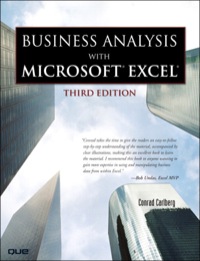Question
The following situations should be considered independently. (FV of $1, PV of $1, FVA of $1, PVA of $1, FVAD of $1 and PVAD of
The following situations should be considered independently. (FV of $1, PV of $1, FVA of $1, PVA of $1, FVAD of $1 and PVAD of $1) (Use appropriate factor(s) from the tables provided.) 1. John Jamison wants to accumulate $80,170 for a down payment on a small business. He will invest $34,000 today in a bank account paying 10% interest compounded annually. Approximately how long will it take John to reach his goal? 2. The Jasmine Tea Company purchased merchandise from a supplier for $48,016. Payment was a noninterest-bearing note requiring Jasmine to make seven annual payments of $8,000 beginning one year from the date of purchase. What is the interest rate implicit in this agreement? 3. Sam Robinson borrowed $22,000 from a friend and promised to pay the loan in 12 equal annual installments beginning one year from the date of the loan. Sams friend would like to be reimbursed for the time value of money at an 11% annual rate. What is the annual payment Sam must make to pay back his friend?



Step by Step Solution
There are 3 Steps involved in it
Step: 1

Get Instant Access to Expert-Tailored Solutions
See step-by-step solutions with expert insights and AI powered tools for academic success
Step: 2

Step: 3

Ace Your Homework with AI
Get the answers you need in no time with our AI-driven, step-by-step assistance
Get Started


